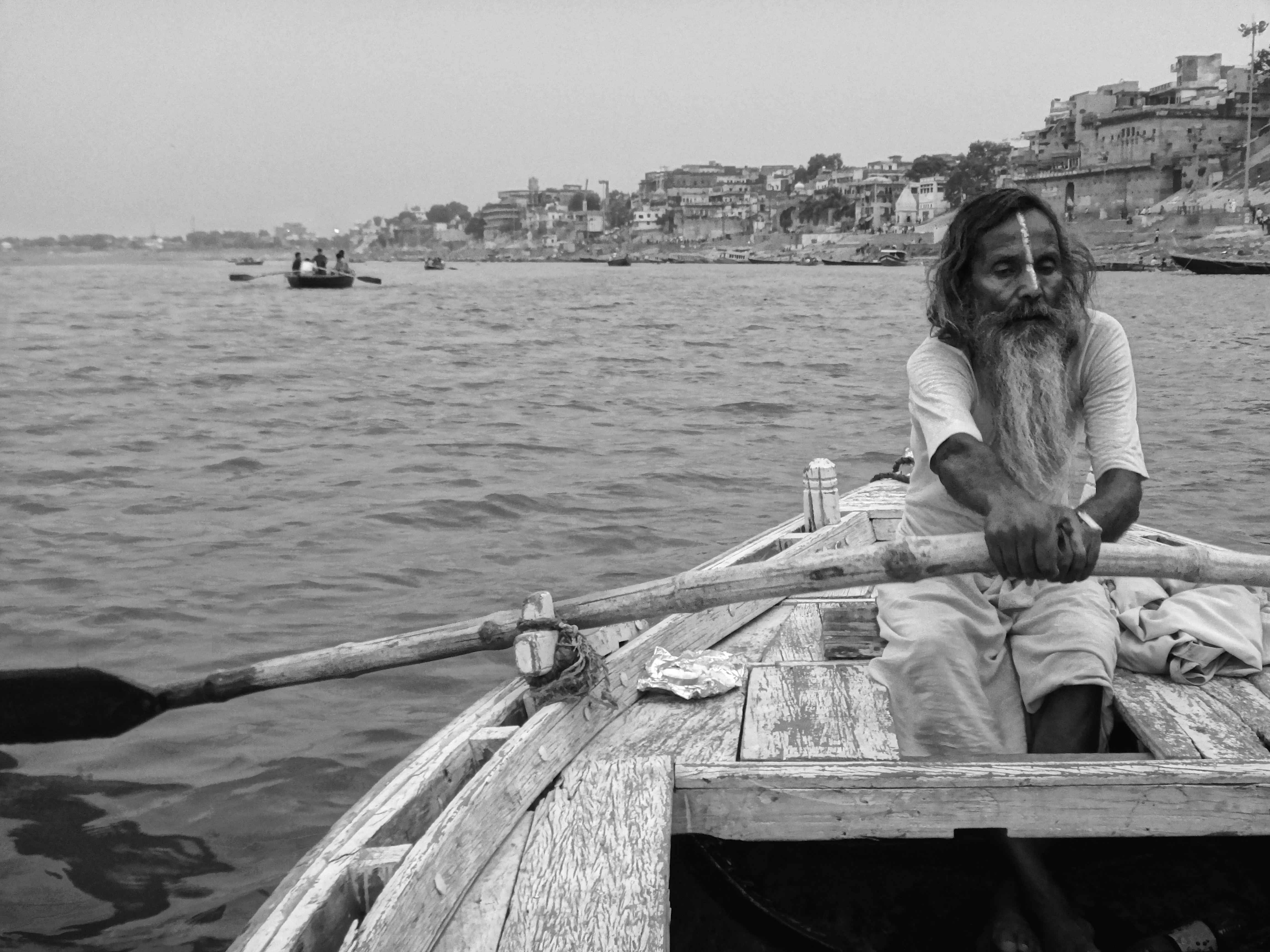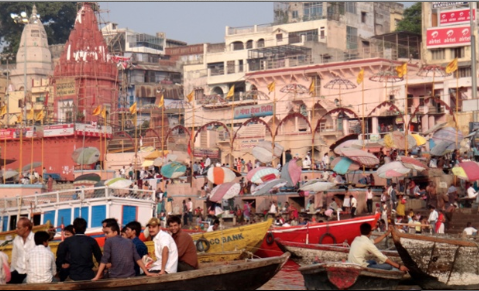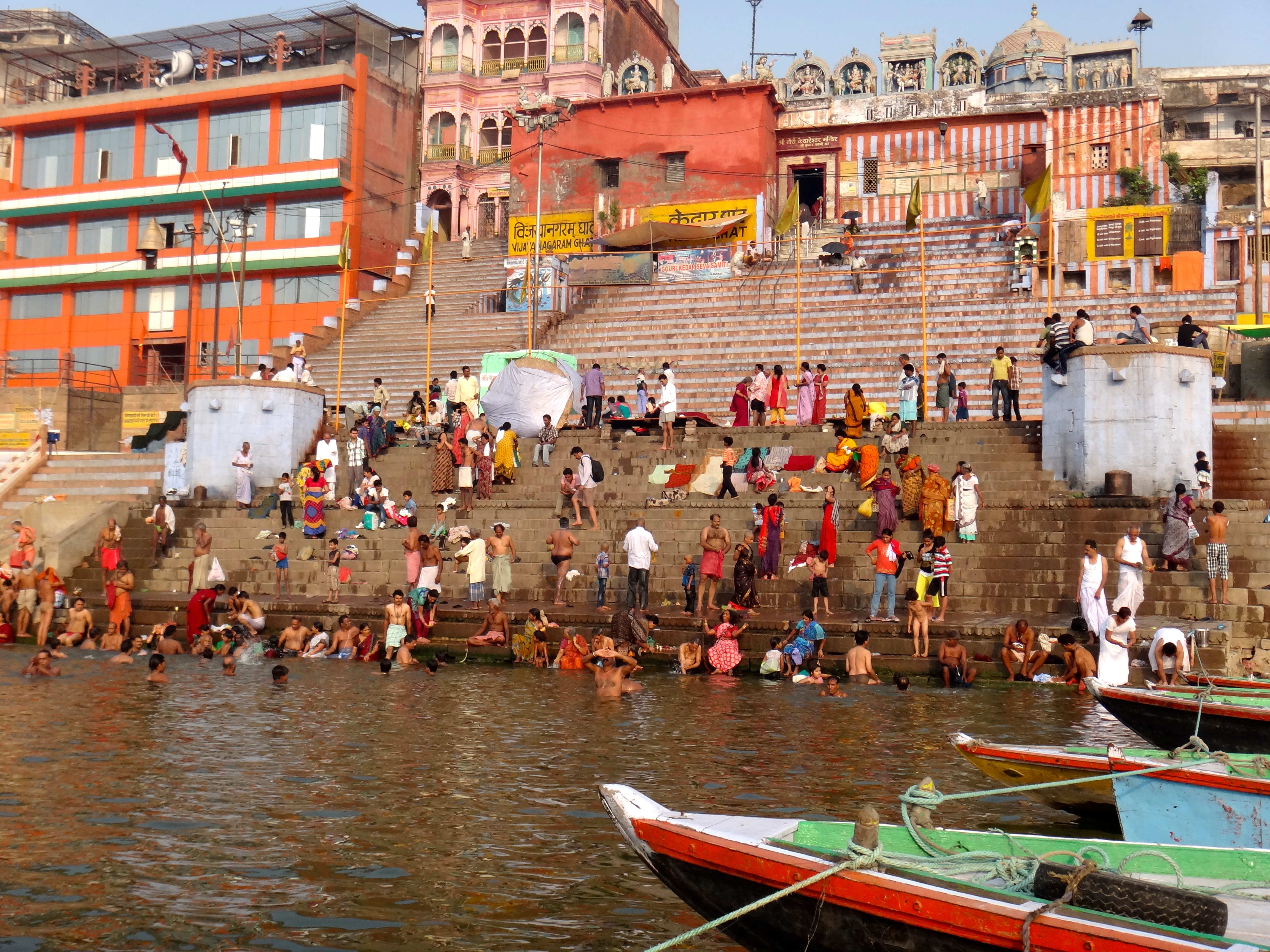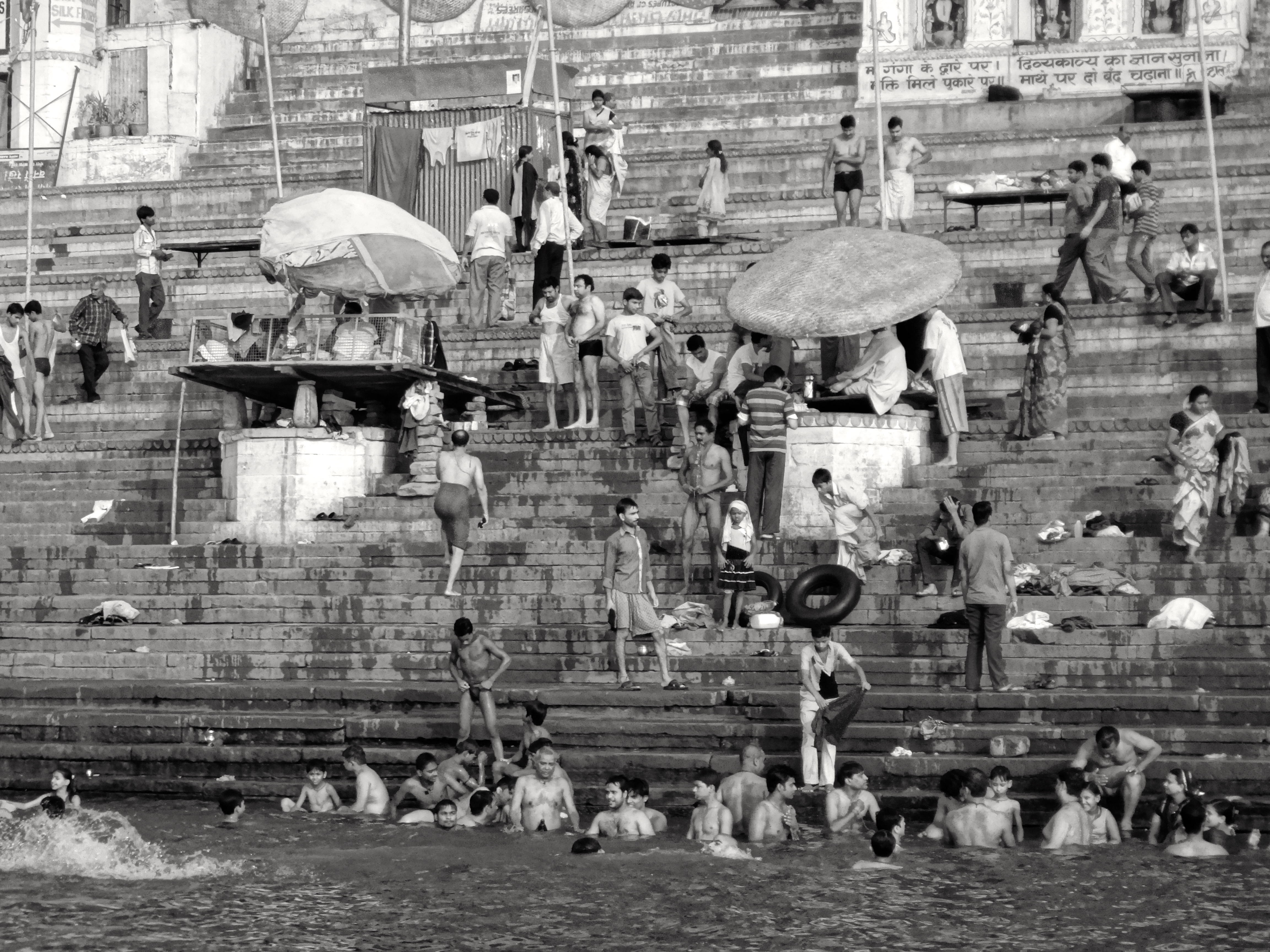
The Ganges River—Ganga in Hindi—is large; it contains multitudes. No river is as cared for and in need of caring. No river's mythology is as intertwined into its hydrology. No river is as preserved by old stories and as desperate for new stories. The Ganges is often talked about in the context of its juxtapositions—of deification and defecation, of the solemn and the fantastic, of prayers and pathogens—and since time immemorial it has held these as well as it holds scenic row boats at dawn.
The Ganges drips from over 3,000 meters above sea level on the Indian side of the snow-capped Himalayan mountains, and sustains an estimated 500 million people in India as it winds for over 1,500 miles and empties into the Bay of Bengal. Other rivers may hold more water but no other holds as much sacred ritual and spiritual immediacy. Others may stretch further but no other is the lifeline for as many human lives.
But the Ganges is suffering perhaps more than ever. Long considered one of the world's most polluted waterways, many reports indicate that the situation is getting worse. Journalist Cameron Conaway looks at what the Indian government's declaration of 2015-16 as Jal Kranti Varsh, or "Water Revolution Year," will mean for the sacred river. Can it be rejuvenated in ways that at once heal the environment, maintain cultural traditions and support the millions of people who are linked to and reliant upon it for life?









